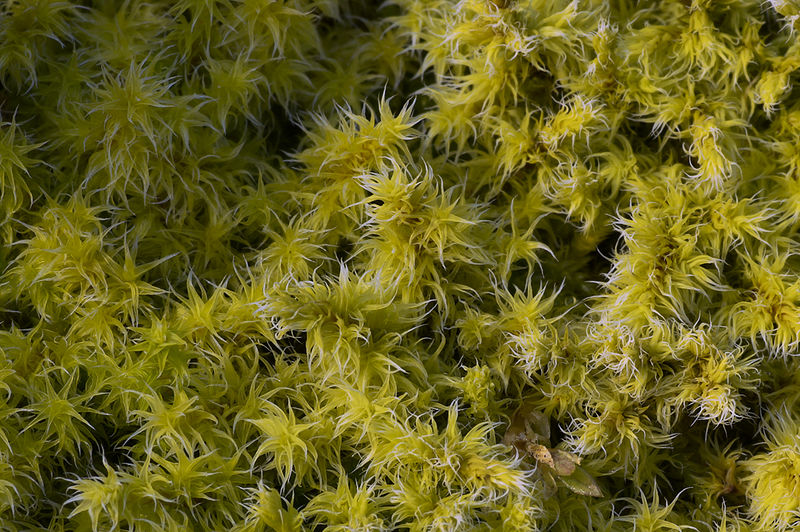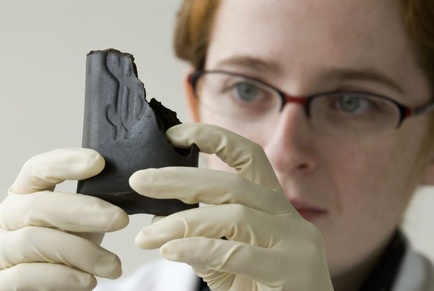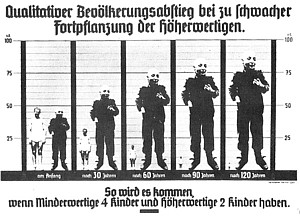Tropical forests are immensely species-rich. The question of what causes this diversity is a perennial one in tropical biology. In the 1970s Daniel Janzen and Joseph Connell independently came up with the same explanation - if the seeds or seedlings of more common species have a higher probability of being killed by a pest or pathogen (what is known as density-dependent mortality), then less common species will be favoured. If the organisms that are responsible for most seed and seedling mortality are specialists - if they focus on just a few plant species - then the pathogens and seed predators that specialise on common tree species should be more abundant (since there’s more food for them).
Janzen was able to demonstrate this with a few species of beetle whose larvae fed on (and killed) seeds. When seeds of the Hog Plum (Spondias mombin) were abundant, female bruchid beetles laid their eggs on (and ended up killed) well over 90% of the seeds. When the seeds were scattered, mortality rates were reduced. Unfortunately, while there were several good anecdotes, there was little evidence of density-dependent mortality playing a role at the community level. In fact, there was evidence that trees were more likely to be clumped than scattered, a finding which was not in keeping with Janzen and Connell’s hypothesis.
 Preconceptions, Evolutionary Strategies And Mosses
Preconceptions, Evolutionary Strategies And Mosses Finding Osama bin Laden with Biogeography
Finding Osama bin Laden with Biogeography The creator, or the content?
The creator, or the content? Crazy Ideas And Solid Science: Evolutionary Genetics And Eugenics In The 1920s And 30s
Crazy Ideas And Solid Science: Evolutionary Genetics And Eugenics In The 1920s And 30s





